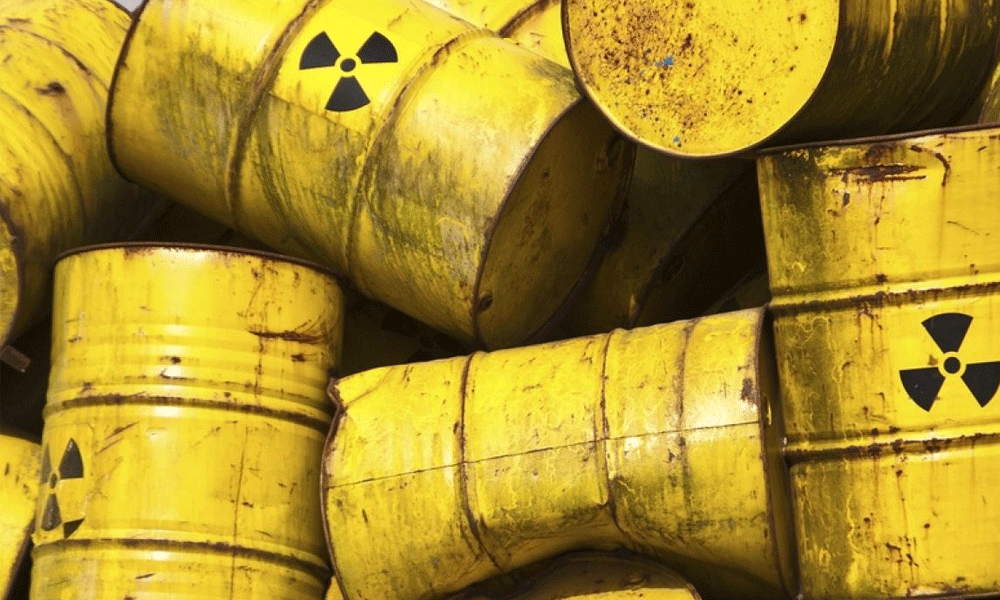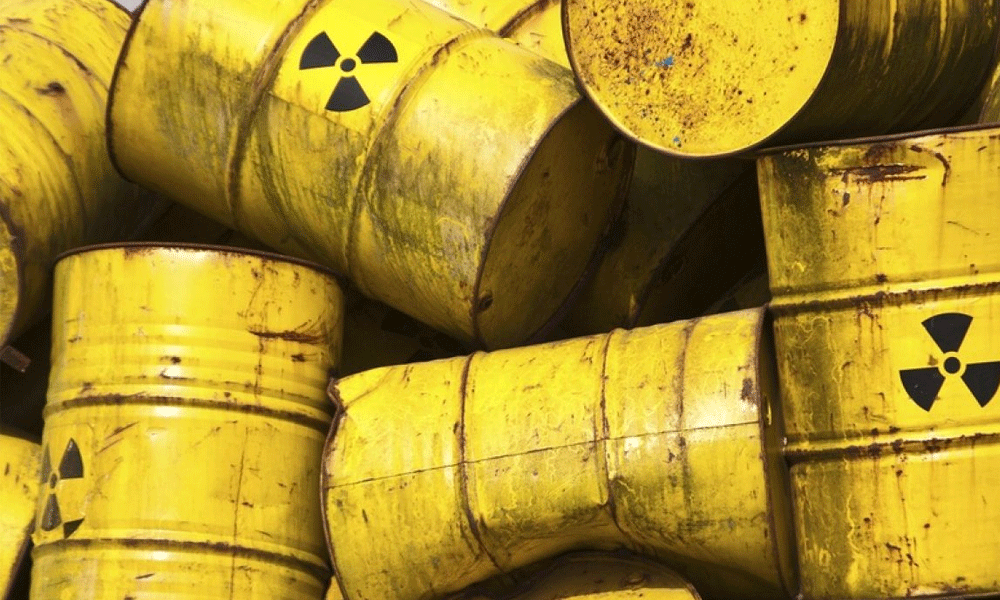The 10-day long raging forest fires that destroyed almost 30% of the tourist attractions in the Chernobyl Exclusion Zone were finally extinguished by rain and firefighters, but the after-effect is quite grim.
The forest fires spread into the exclusion zone and reached up to one kilometer within the remains of the melted-down nuclear power plant that is still rife with radioactive material. Air samples taken recently in Kyiv showed heightened levels of an isotope of Cesium, the radioactive Cesium-137, showing the movement of contaminated air streams from the site of interaction of the fire and the radiation released by the Chernobyl reactor.

Fortunately, a report released by the French Radioprotection and Nuclear Safety Institute (IRSN) said about radioactive air masses, “…they remain moderate and have no health consequences.” The main problem is the smoke.
The city with the worst air quality recently hasn’t been Delhi, or Beijing, or London, normally polluted cities that are currently enjoying a drop in pollution due to the Coronavirus-induced lockdown. It was Kyiv, in Ukraine, thanks to the winds carrying the Chernobyl smoke straight into the city. Reports claim that the smoke has gone much farther, even as far as France, Belarus, Bulgaria, and Romania due to weather conditions. Fortunately, the smoke there is spread so thin that the impact on common citizens is considered to be quite insignificant, and nothing to worry about.
Krishaang Kohli

Grade XII, Manav Rachna International School, Gurgaon
Krishaang is a curious and ambitious young man who wants to make a change in the world and leave his mark. He is a published writer and has taken part in and won many debates and group discussion competitions at all levels (from school to international).





